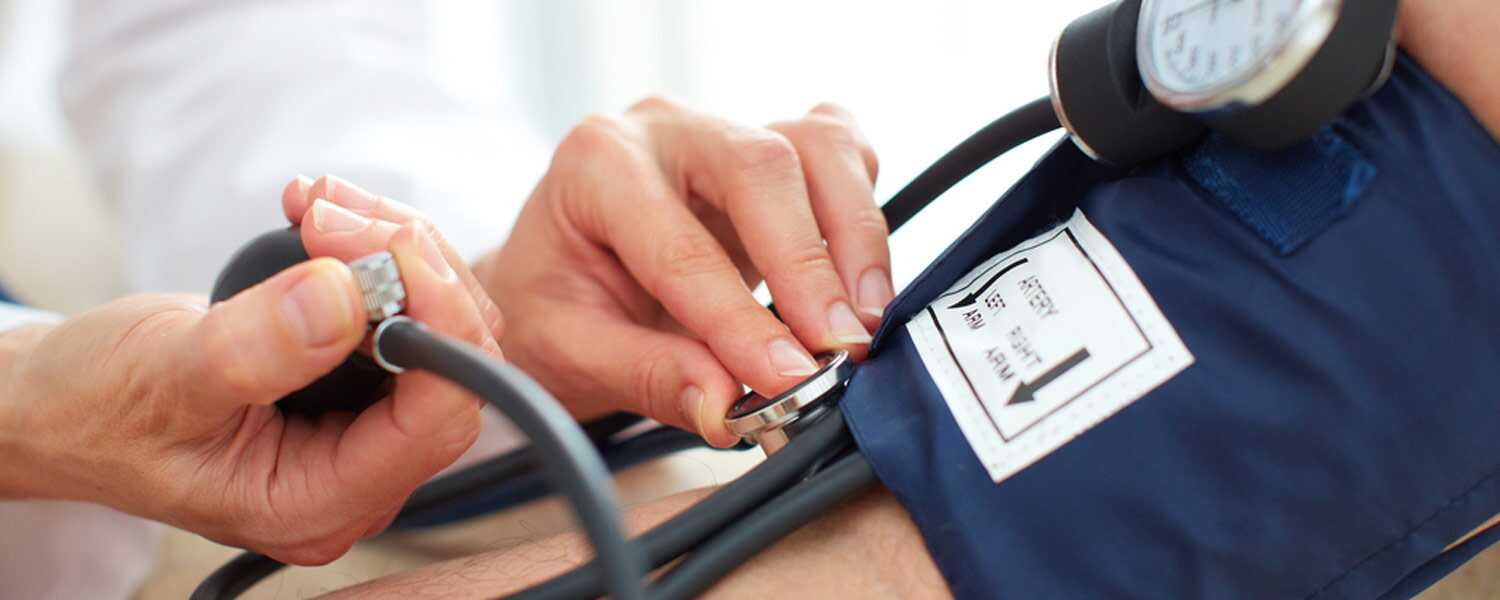The human heart beats, on average, 3,000 million times in a lifetime!
The slower the beat, the less the stress, the longer the life!
Hypertension or high blood pressure is called a ‘silent killer’, as there are usually no warning signs. It is vicious enough to cause a heart attack or stroke, and anyone can develop it.
When we hear of the term blood pressure, we know it involves a top and bottom number. But what do those numbers actually mean? How does it impact us if it is high or if it is too low? The easiest way is to imagine watering a garden. A certain amount of water pressure is needed to come from the tap, through the hose, and onto the flowers. Too high a pressure and the flowers would be water-blasted and damaged. Your hose may also get damaged from the wear and tear of the ‘water-blasting’. Too low a pressure and you may stand there all day and your flowers may be dried up. This applies to your body. Generally speaking, your heart is your tap, your arteries are your hoses, and your organs are your flowers. The only difference is, you cannot feel that water-blasting sensation in your body, and that’s what makes it a ‘silent killer’.
Blood pressure is measured by checking how hard the blood is forcing against the artery wall. There is a top number called systolic pressure, measuring when the heart beats and pushes/pumps the blood around the body, and the bottom number called diastolic pressure which measures when the heart is at rest between beats. The ideal blood pressure to aim for is around 120/80. Diagnosing high blood pressure is usually considered over three separate high readings over at least three months. Blood pressure however, can be measured high at a particular point in time due to various factors. For example, there is a term called the “white-coat syndrome”, that is due to being nervous about having your blood pressure measured by the clinician. Running late to your clinic appointment, or being distracted, when you haven’t had a chance to calm down before having your blood pressure taken can also affect readings. Do ensure you are at rest when your blood pressure is measured.
It is important to note that when exercising, heart rate and blood pressure increase to be able to pump blood and exchange oxygen and clear metabolites faster around the body. The difference between an athlete and a person with high blood pressure however, is that with an athlete, the blood pressure only increases during the duration of the exercise. When at rest, the athlete’s heart rate and blood pressure are a lot lower, and their heart is also stronger and more efficient at pumping blood around the body. A person with high blood pressure has their “tap” and “hose” on a constant high, which therefore weakens their body over time.
Alongside other cardiovascular risk factors, improving your blood pressure means improving your lifestyle. Eat well, sleep well, exercise, limit your alcohol intake, and quit smoking. High caffeine intake can also cause rapid heartbeat and irritability. Lower your caffeine and rest your body.
In relation to diet, just as we tend to think of sugar when it comes to diabetes, we tend to think of salt when it comes to high blood pressure. However, cutting back on salt, no doubt is important, is not the only nutrient involved. The U.S. National Heart Lung and Blood Institute supported two studies called the DASH study (Dietary Approaches to Stop Hypertension) and the DASH-Sodium study. It encourages a high intake of fruits and vegetables, and included nuts, whole-grains, low-fat dairy products, and oily fish. The aim was to improve physiological functions in the body with more magnesium, potassium, calcium, and omega-3. Blood pressure significantly decreased with the DASH diet alone, without a specific focus on sodium. By upping the ante however, the DASH diet combined with a low sodium (salt) intake did show a further decrease in blood pressure. There is certainly a reason to lower your salt intake and dig into the spice cupboard… but don’t forget the rest of nature’s abundance!
Heart Foundation NZ has a wonderful animation describing high blood pressure:
